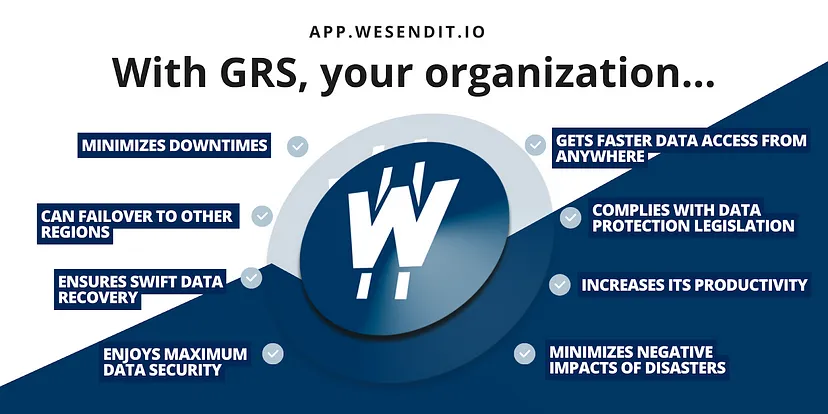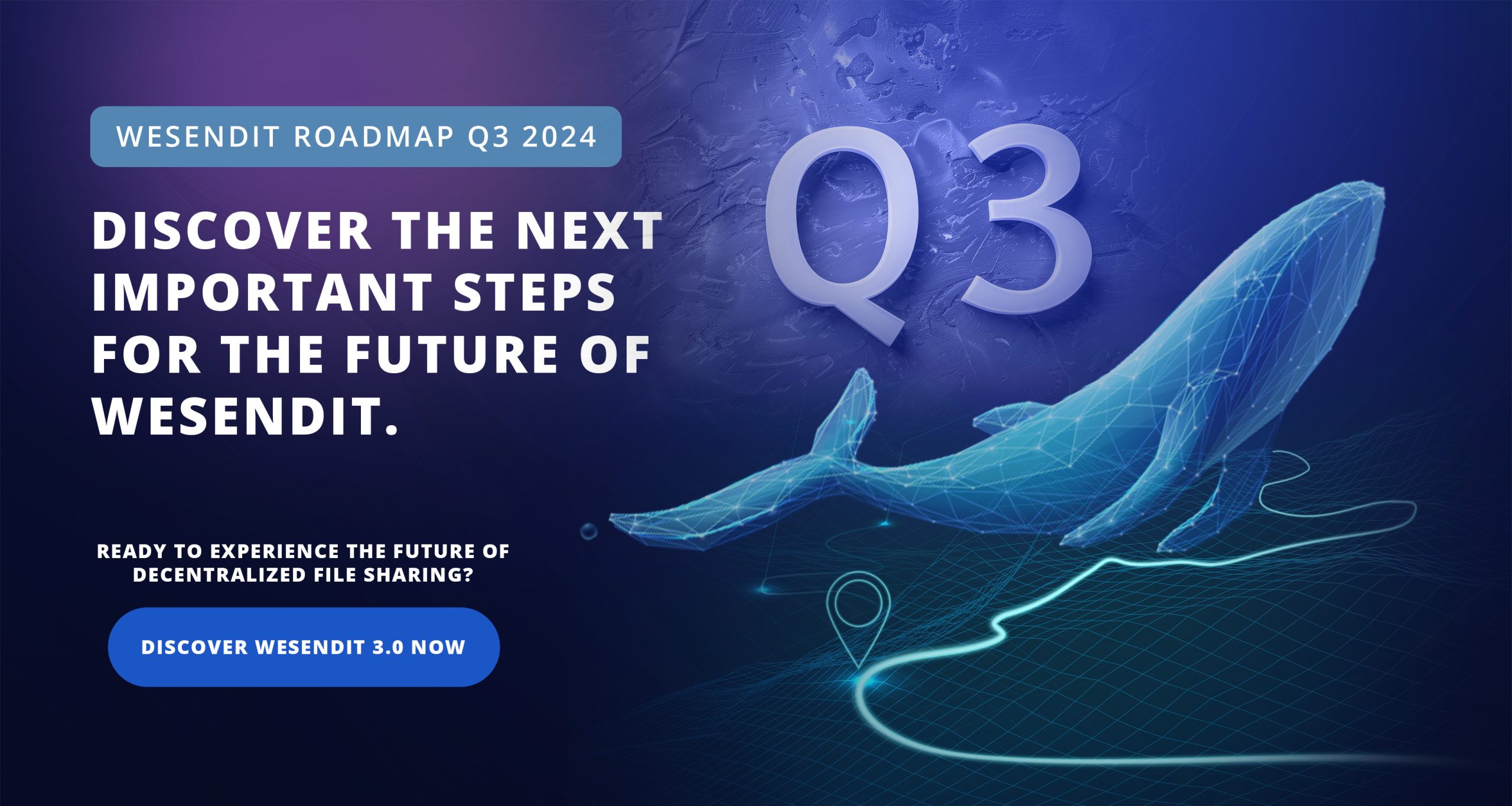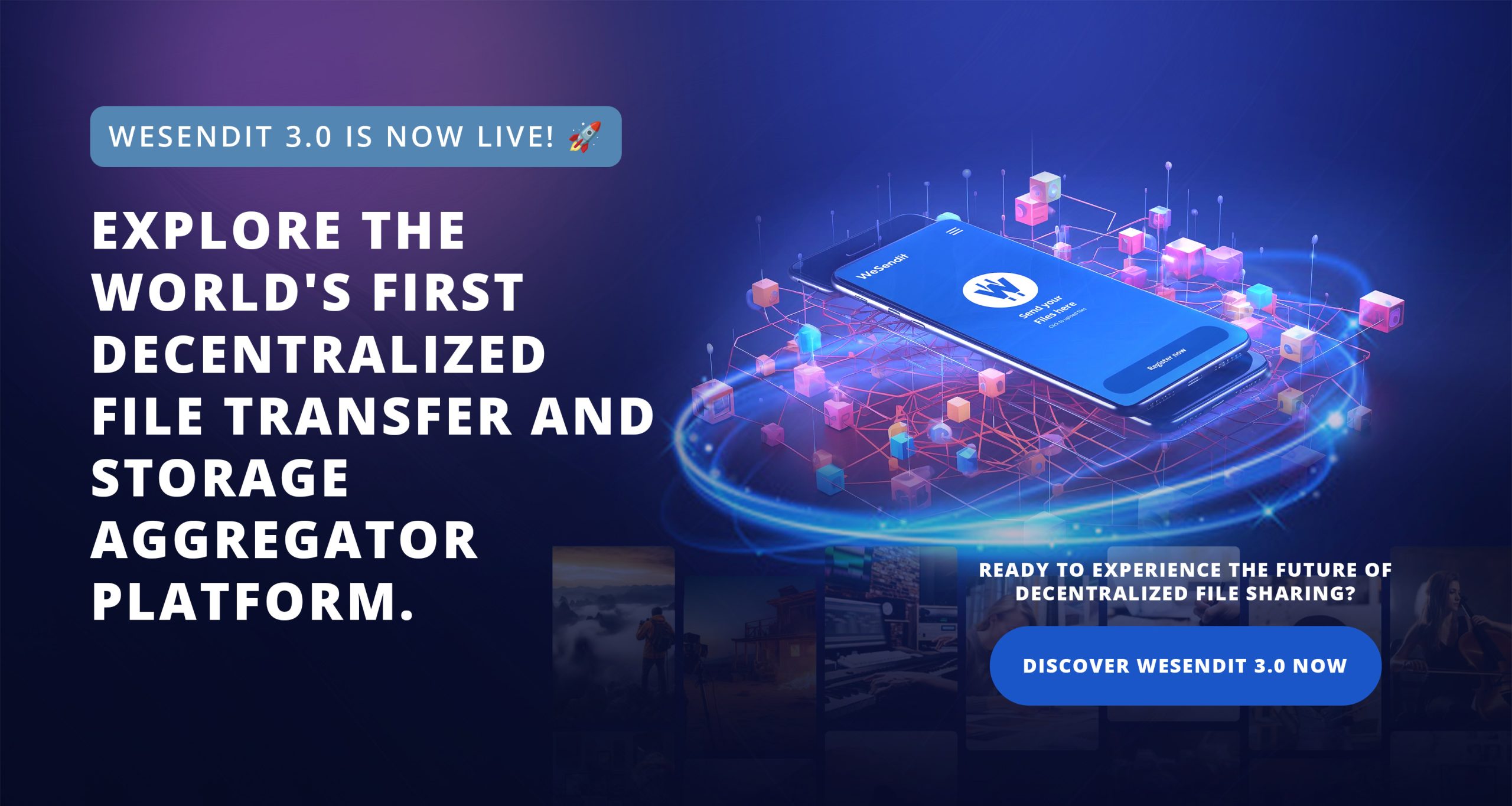WeSendit Feature Focus #1: Geo-Redundant Storage

Introduction
WeSendit 3.0 will contain many powerful features. In fact, the list is so long that it can sometimes be hard to keep track and fully realize the enormous benefits our new file transfer and storage platform will offer.
That is why we have decided to start Feature Focus, a new series in which we will analyze our features in more detail. You will learn about the underlying concept, some technical background and the challenges they overcome for you and your organization.
To kick off this new series, we will focus on geo-redundant storage.
What is geo-redundant storage?
Geo-redundant storage (GRS) is a data storage concept that replicates data across multiple geographic regions. In general, the term “redundancy” refers to having more of something than is actually needed for an intended purpose. The concept is a popular safeguard measure in many areas.
In data transfer and storage, redundancy means the practice of creating duplicate or multiple copies of data. These data copies are stored across different devices, systems, or — as in this case — locations to ensure data availability and avoid data loss. The core idea of geo-redundant storage is to provide an extra layer of security.
What are the major differences between GRS and other storage solutions?
Local Storage: This involves storing data on physical devices in a data center, often on-premise. Hard drives (HDDs) or solid-state drives (SSD) are directly connected to the organization’s servers. Unlike GRS, local storage does not provide redundancy.
Redundant Array of Independent Disks (RAID): This storage technology uses multiple physical disk drives and combines them to a single unit within a data center. This improves performance and offers a certain degree of redundancy, but only on the hardware level.
Backup and Restore: Backups are a fundamental concept to safeguard data. You create copies of your data and store them separately from your primary storage. Backups are suitable for data recovery. They are less useful when it comes to immediate, synchronized access at all times — a great benefit of geo-redundant storage.
GRS is so useful because it safeguards your data while providing continuous access at all times, even in the event of local outages and data center breakdowns.
Which problems can geo-redundant storage solve for you?
WeSendit’s new GRS solves various challenges related to the management of your data and files:
Disaster Recovery: The replication of your data in a secondary region protects you against data loss caused by disasters, human error or the failure of your primary data center.
Maximum Availability: With GRS you will be able to access your data at all times. Not only can you recover it if needed, but you can also manage it in real time, synchronized and easily available.
Improved Latency: Geo-redundant storage reduces latency (the delay before a file transfer starts) if you access your data from different geographic locations. GRS replicates your data closer to the respective user, thereby accelerating access and improving performance.
Data Durability: GRS ensures your data is always available, even if it is corrupted or lost in a certain region. Since your data is stored in multiple copies and regions, you will be able to recover and preserve your files.
Data Protection Law Compliance: Today, many countries and regions have data sovereignty and privacy regulations that require data to be stored within certain borders. WeSendit’s GRS enables your organization to comply with these regulations and helps you avoid legal complications and potential penalties while guaranteeing the safety of sensitive information.
Why should organizations use geo-redundant storage?
With GRS, your organization…
- minimizes downtimes
- can failover to other regions
- minimizes negative impacts of disasters
- ensures swift data recovery
- enjoys maximum data security
- complies with data protection legislation
- gets faster data access from anywhere
- increases its productivity

Which organizations should consider using WeSendit’s geo-redundant storage?
Financial organizations: Banks and other financial institutions handle massive amounts of sensitive information about their customers and their transactions. They need to make sure this data is optimally protected against loss or corruption as any incident could have a dramatic impact on customer trust.
E-Commerce companies: E-commerce firms, especially when operating globally, need to ensure data availability and comply with varying regulatory frameworks.GRS does exactly that and safeguards the business by keeping it up and running at all times.
Healthcare organizations: Hospitals and other medical institutions deal with sensitive patient data and records all the time. Reliable data access, availability, and security can literally be life-saving. With GRS, healthcare providers can replicate patient data and health information systems across different regions.
Media and Entertainment companies: Media companies often deal with large volumes of data. This data needs to be highly available and accessible to audiences all over the world. GRS enables media companies to provide uninterrupted services and manage their business much more effectively.
Research and Development institutions: Scientific labs and centers handle large amounts of data and rely on fast, uninterrupted data access from anywhere in the world. WeSendit’s GRS supports international research and collaboration by ensuring data availability and protecting valuable data sets, insights, and scientific progress from disasters, data breaches or failures.
Schools and Universities: Educational organizations greatly benefit from geo-redundant storage. They can protect their student records, academic material and content, and make sure their admin systems are operating smoothly. GRS allows educational organizations to protect themselves from data loss and create an optimal environment for efficient learning.
Conclusion
As you have seen, geo-redundant storage offers many advantages compared to other storage solutions. The concept of replicating data across various geographic regions increases data availability, resilience, and protects your data against disasters or localized failures.
WeSendit 3.0 will offer you state-of-the-art geo-redundant storage solutions. You will be able to tailor them exactly to your needs and significantly improve data availability and protection within your organization.
It’s time for a new generation of file transfer and storage.
PS: Still not sure if this feature could help you and your organization? Feel free to contact our team at any time: [email protected]
About WeSendit
WeSendit is a Swiss file transfer provider with the experience of over 10 years in the market and more than 3.5 million users from 150 countries, including global players such as Nike, Red Bull or Dreamworks. WeSendit’s founder and CEO Jens Herbst has built an international team of crypto experts, developers, business strategists, and marketing specialists. Together, they are working to become a Web3 pioneer with WeSendit 3.0. The new platform, in combination with the $WSI token, will harness the power of the blockchain and support the world’s transition to the decentralized Web3 — the more secure, trustworthy, and private internet of the future.
Visit https://discover.wesendit.com/ for more information on the project.
Check out the WeSendit 3.0 here.
Twitter | Instagram | Youtube | Linkedin | Telegram | Medium





